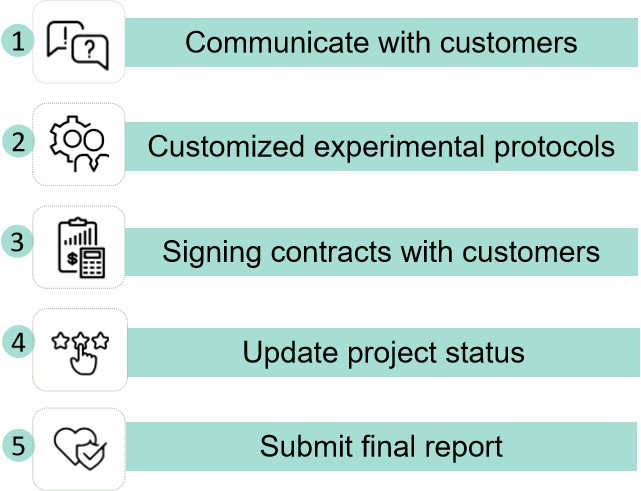Pests cause substantial yield losses in agricultural systems and pose a significant threat to global food security. Traditional chemical insecticides play a crucial role in pest control. However, concerns about environmental contamination, toxicity to non-target species, and resistance development have prompted the search for alternative solutions. By developing customized novel insecticidal solutions using genetic engineering-related technologies, target pest populations can be controlled efficiently and effectively while minimizing adverse impacts on non-target organisms and the environment.
Lifeasible specializes in life sciences and biotechnology development. With our advanced technology platforms and dedicated research teams, our genetic engineering technology provides a more precise and environmentally friendly control management strategy for pest control.

We offer advanced genetic engineering technologies to provide effective pest control solutions. The most important is RNA interference technology. RNAi links altered phenotypes to gene function by inhibiting the expression of target genes, providing an effective guidance strategy for insect control. Currently, we offer RNAi capable of controlling target pest population size by suppressing essential genes to increase insect mortality. In addition, we can rapidly analyze gene functions using dsRNA-mediated RNAi technology.
In addition, we also screen for miRNAs that negatively regulate their autoimmune signaling pathways in pests in the control of target pests, construct engineered strains in fungi through genetic engineering modification, and transport these miRNAs across the borders from fungal cells into infected target pest cells to target the pest signaling pathway or transcriptional expression, which can be effectively used to accelerate the rate of death of target pests.

Lifeasible has many years of research and service experience in insecticidal protein development and application. Based on our advanced technology platform, we provide various comprehensive and effective solutions for identifying insecticidal protein genes, genetic engineering of insect resistance, and RNAi-based control in pests. If you are interested in us, please feel free to contact us.